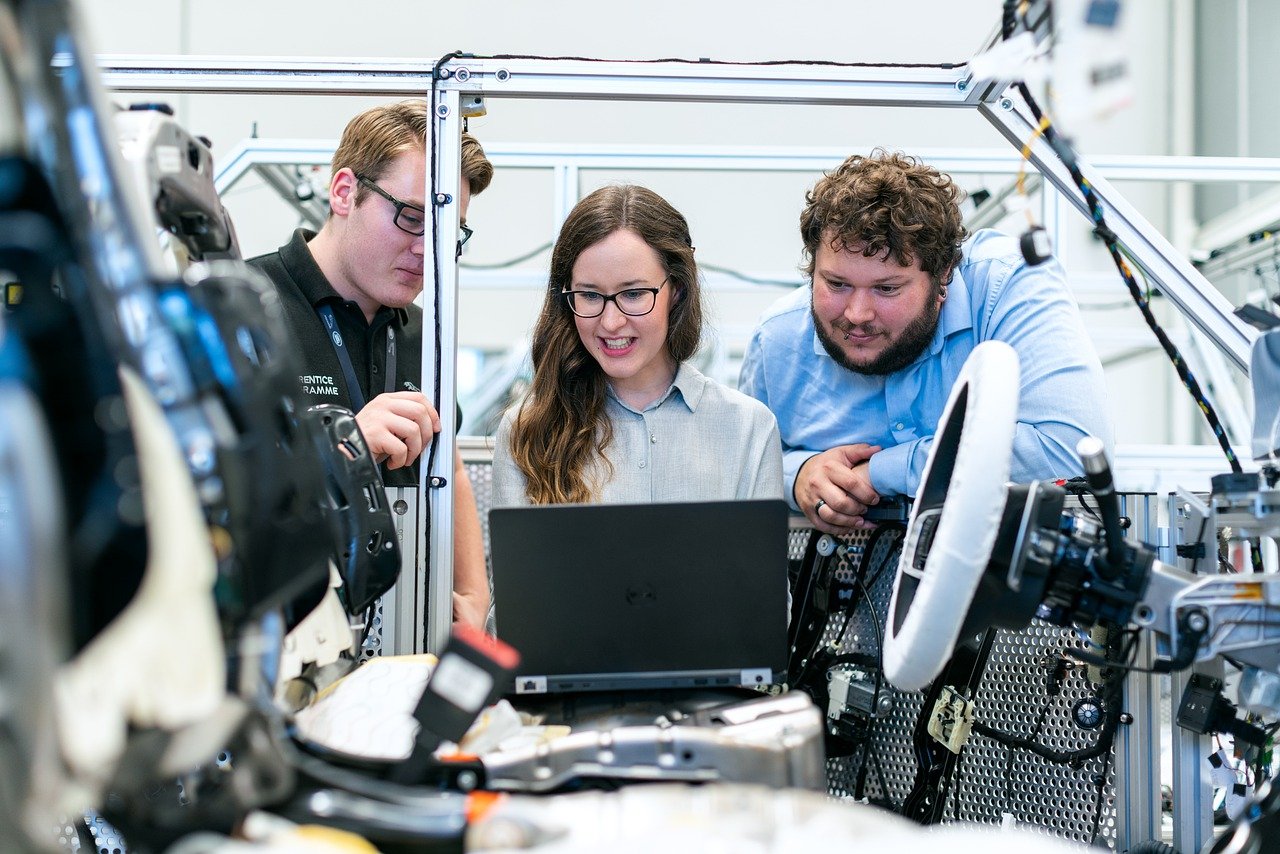Attracting, developing, and engaging a diverse pipeline of young talent is vital to the future of any organisation. If you build a team with a diverse range of personal and professional backgrounds, you suddenly start having much more creative solutions to problems. This is where the real innovation happens. Anne Lillywhite, Vice President of Engineering at power management corporation Eaton explains their beliefs around embracing talent from all backgrounds and promoting a broad range of career development opportunities that people can explore.
When people think of STEM employers, there’s often the expectation that that all of our employees come from traditional STEM backgrounds, with years of technical training, but this couldn’t be further from the truth.
To take Eaton as an example, whilst we’re an engineering company, we’re focused on looking beyond the obvious to support our business with a diverse set of important skills. We’ve recognised we need to expand our view of what STEM talent looks like, by attracting talent from a broad range of backgrounds including Incorporating this fresh perspective into our teams can help find more creative solutions to problems and foster innovation.
We call this the STE[a]M approach with the ‘a’ standing for Arts. STEM skills are, of course, hugely important and should be encouraged but the beauty of STE[a]M is that it promotes problem solving, communication, analytics, creativity, and teamwork capabilities. All highly transferable skills that open the doors to many possibilities across industries and functions.
Put into practice in our business, when we’re developing new products or services, we don’t just want products that work efficiently for our customers; we need them to go above and beyond in terms of user experience too. Aesthetics play a huge part in product or service development for exactly this reason, so we actively recruit people from art and design backgrounds.
However, as an industry, much more needs to be done to ensure we’re recruiting from a wide pool of talent. As is often the case, this work needs to start early. School and university students are too often taught that a STEM career involves them studying a certain subject, whether it’s maths, engineering, or science. Our experience has taught us that if you build a team with a diverse range of personal and professional backgrounds you see a rapid transformation in solutions to problems. For HR managers wanting these kind of innovative thinkers, it’s crucial they also think outside of the box when it comes to recruitment.









